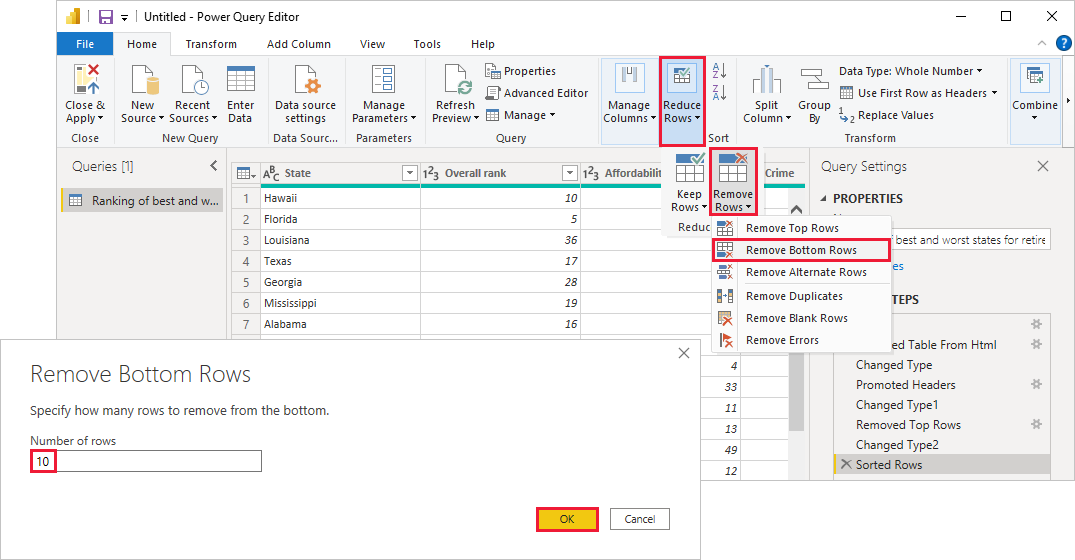
When you initially Get Data, each set of tables you select defines a query that returns a set of data. When you connect to a data source like SQL Server and import data in Power BI Desktop, the following results occur: The remainder of the article focuses on DirectQuery. The following sections cover the three options for connecting to data: import, DirectQuery, and live connection. If an underlying data source is slow, using DirectQuery for that source remains unfeasible. Regardless of improvements, the performance of the underlying data source is a major consideration when using DirectQuery. Changes that provide more flexibility when using imported data let you import more often, and eliminate some of the drawbacks of using DirectQuery. Power BI import and DirectQuery capabilities evolve over time. Carefully consider the limitations and implications of using DirectQuery. DirectQuery is feasible only when the underlying data source can provide interactive query results in less than five seconds for a typical aggregate query, and can handle the generated query load. If you can't meet your goals by importing data, for example if the data changes frequently and reports must reflect the latest data, consider using DirectQuery. Importing takes advantage of the high-performance query engine of Power BI, and provides a highly interactive, fully featured experience. You should import data into Power BI wherever possible. DirectQuery-enabled sources are primarily sources that can deliver good interactive query performance. For a summary of the sources that support DirectQuery, see Data sources supported by DirectQuery.

For some sources, you can also connect using DirectQuery. You can import data from these sources into Power BI.

Online services like Salesforce and Dynamics 365.Power BI connects to a large number of varied data sources, such as:
Microsoft power bi desktop has stop working pdf#
You can also download the PDF DirectQuery in SQL Server 2016 Analysis Services. This article primarily covers DirectQuery with Power BI, not SQL Server Analysis Services.įor more information about using DirectQuery with SQL Server Analysis Services, see Use DirectQuery for Power BI datasets and Analysis Services (preview). That feature shares many details with Direct Query in Power BI, but there are also important differences. DirectQuery is also a feature of SQL Server Analysis Services.


 0 kommentar(er)
0 kommentar(er)
